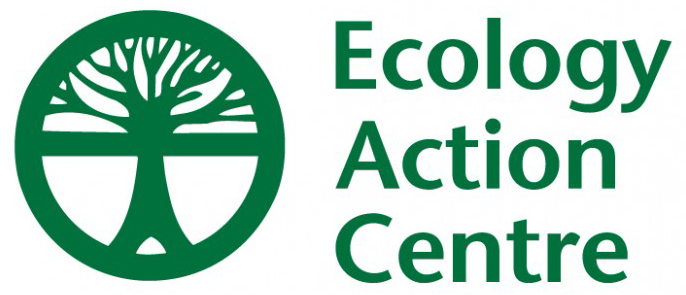Mi’kma’ki/Nova Scotia – Yesterday, the Nova Scotia government announced public consultations on the modernization of the environmental assessment process. However, the Ecology Action Centre feels that changes won’t go far enough to properly assess the potential environmental impacts of industrial projects like mines, wind farms, hydrogen production and quarries.
“When the provincial environmental assessment process first began in 2008, fighting the twin crises of climate change and biodiversity loss were not top of mind,” says Mimi O’Handley, wetlands and water coordinator with the EAC. “Things are different now. We need a system that will meaningfully prioritize protecting the environment and human health over the short-term economic gains of corporations.”
O’Handley says that under the current assessment process, projects have been approved with little scrutiny, enabling corporations to break laws and threaten the safety of the environment.
“In recent years we’ve witnessed big industrial projects go through the existing assessment process and get approved with little to no meaningful conditions,” says O’Handley.“Then, project owners break environmental laws with almost no consequences.”
O’Handley points to the gold mining industry as an example, which has been growing in N.S. despite the industry’s known impacts on wildlife, freshwater and nearby communities. O’Handley and other experts claim the industry is unnecessary for sustainable economic growth in N.S. and is an especially polluting and destructive land use – often carried out on public land.
To provide greater transparency about the impacts of the gold mining industry, the EAC has created an online storymap with contributions from organizations across the province and information from environmental assessment documents. The Digging into Gold Mining storymap describes the history and ongoing activities of the gold mining industry in N.S., provides maps of proposed mines and how they interact with environmental features like protected areas, and shows what the EAC describes as a historical lack of environmental protection.
“All that we’ve seen through the many environmental assessment processes that EAC has delved into and commented on for the last several years does point to a strong need to revamp the process,” says Karen McKendry, senior wilderness outreach coordinator with the EAC. “But there’s more to be changed than the list of tweaks set up by the government. And this had better not be just an exercise in streamlining approvals for massive projects – we’ve already seen the erosion of the existing environmental assessment process to favor that.”
In the weeks to follow, the EAC will provide the government and the public with detailed comments on what they feel is needed for a truly sustainable, transparent and accountable environmental assessment process.
-30-
Karen McKendry,
Senior Wilderness Outreach Coordinator | Ecology Action Centre
karenmckendry@ecologyaction.ca
Mimi O’Handley,
Wetlands and Water Coordinator | Ecology Action Centre
mimi.ohandley@ecologyaction.ca
